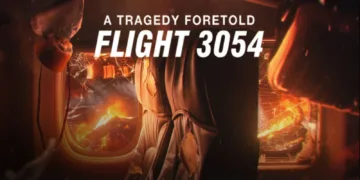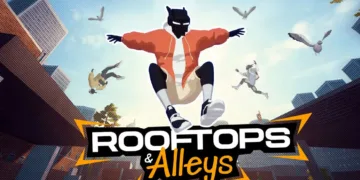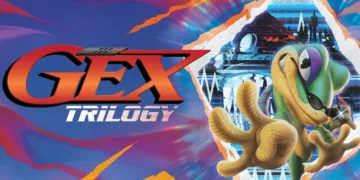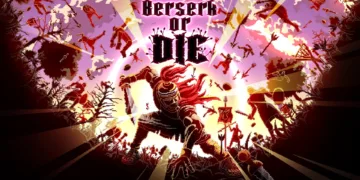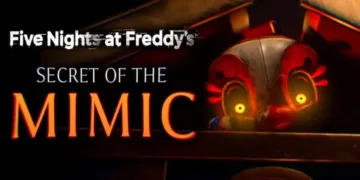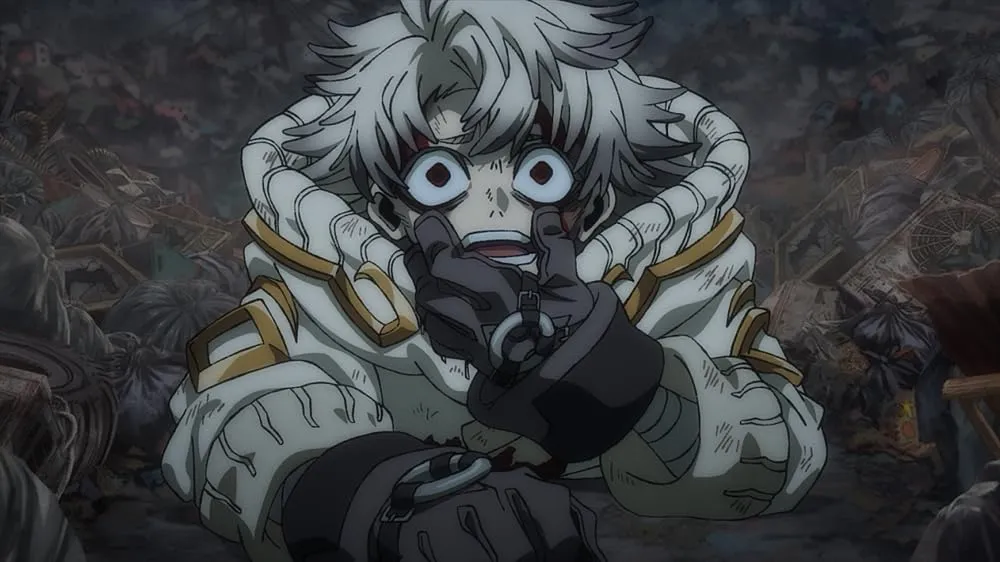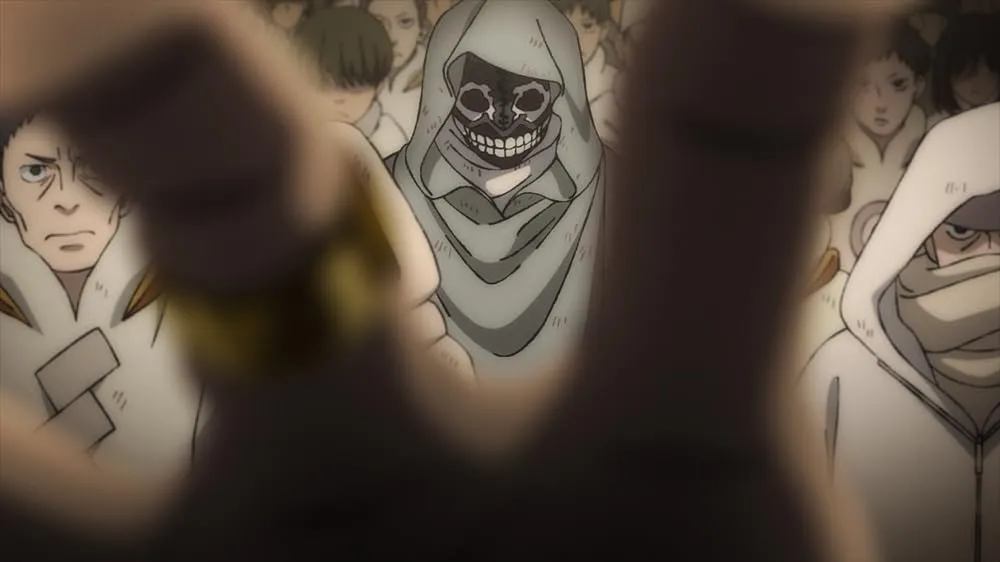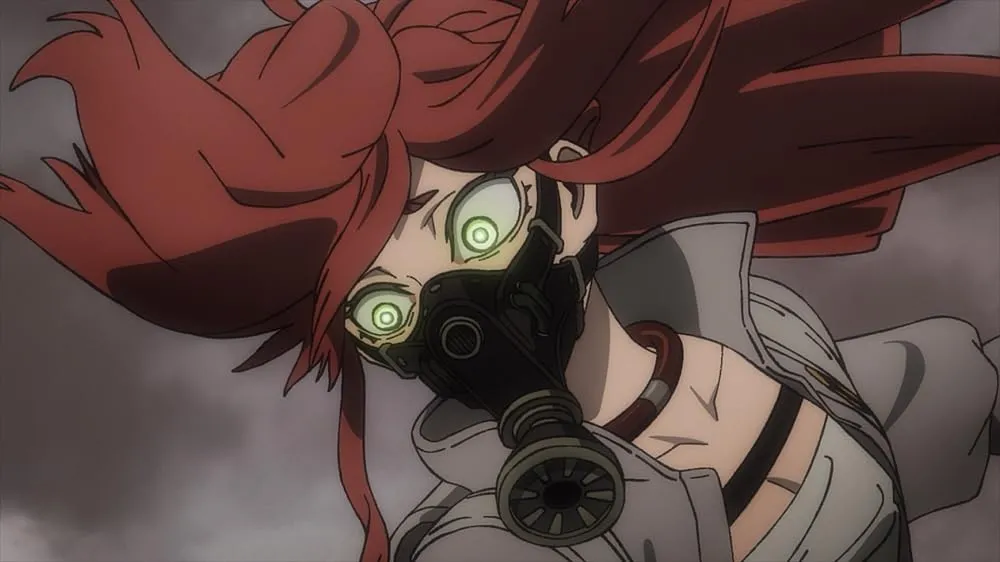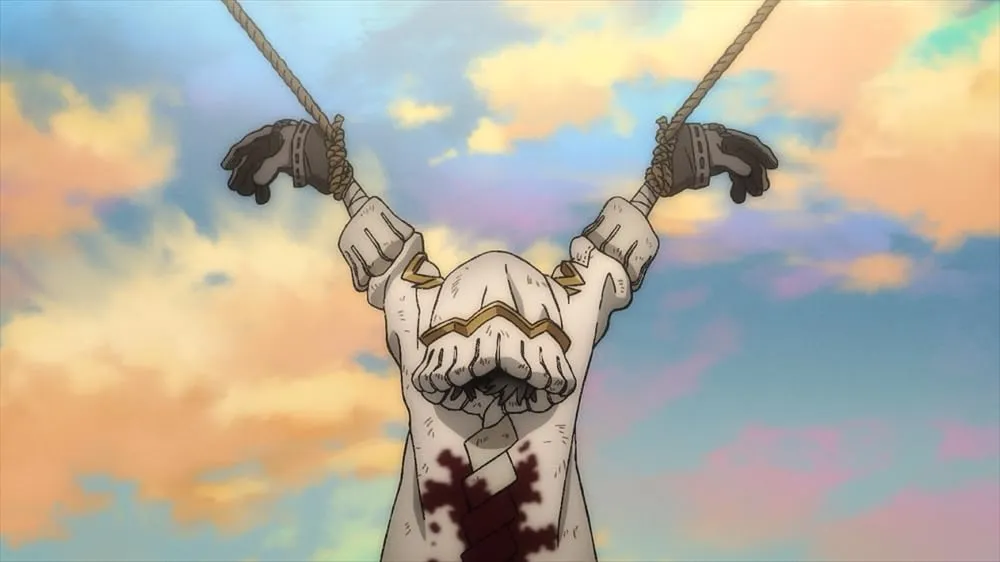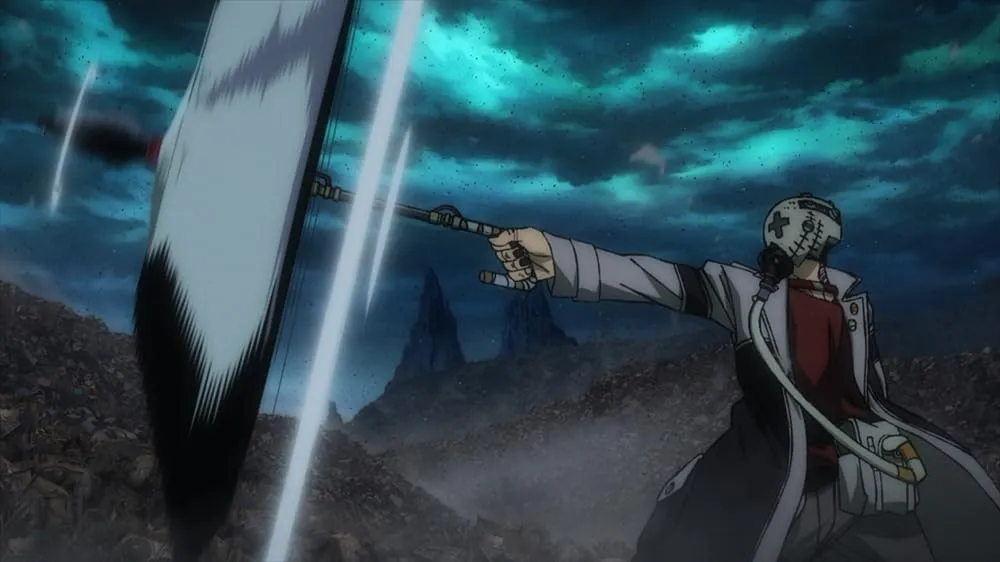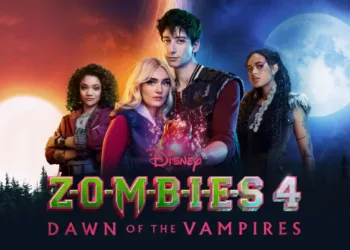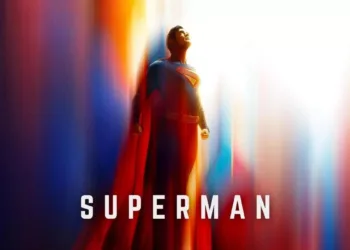What happens when a society takes tidying up to its fanatical extreme? Gachiakuta posits a world where the answer is a gleaming, floating metropolis called The Sphere. Here, citizens live in pristine luxury, a state maintained by treating everything—and everyone—as disposable.
A toy with a busted seam or a person who commits a crime receives the same sentence: a one-way trip to the chasm below. That abyss, known only as The Pit, is the planet’s celestial garbage can, a forgotten underworld piled high with the refuse of the elite.
Operating on the fringes of this obsessively clean society is Rudo, a young outcast who sees life where others see junk. He makes his living scavenging, a practice that makes him a pariah in a culture of waste. His philosophy of finding value in the discarded is a quiet rebellion. Unfortunately for him, this world is about to frame its garbage problem on the one person who actually appreciates it.
An Ecosystem of Excess
The world of Gachiakuta is a masterclass in vertical storytelling, where social status is literally a matter of altitude. Up top, The Sphere gleams with the sterile perfection of an Apple store, all clean lines and cotton-candy skies. This aesthetic isn’t just for show; it’s the entire point. Its beauty is a fragile veneer maintained by a pathological need to discard anything imperfect. The city’s pristine condition is directly proportional to the mountain of filth it creates below.
This isn’t just a critique of consumerism; it’s a full-throated allegory for a class system built on disposability. The “Sphereites” enjoy their privilege, while the “tribesfolk” below are branded as descendants of criminals, their social standing as permanent as a tattoo.
In this world, the line between being poor and being garbage is perilously thin. The act of throwing something away is the ultimate expression of power, a luxury that extends from broken toys to inconvenient people.
Down in The Pit, this social commentary takes monstrous form. The abyss isn’t a landfill; it’s a festering, chaotic ecosystem teeming with beasts born from the collective waste of the civilization above. It’s the planet’s id, a hellscape animated by the very things The Sphere tried to forget. The world-building makes one thing brutally clear: the most horrifying monsters aren’t the ones made of trash, but the society that sees no difference between a person and a piece of it.
The Kid Who Cared Too Much
At the heart of this trash-filled world is Rudo, a feral ball of righteous indignation who serves as the story’s moral compass. He’s cut from the classic shonen protagonist cloth—spiky-haired, loud-mouthed, and perpetually spoiling for a fight—but his defining trait is a radical sense of empathy for inanimate objects.
In a society that worships disposability, Rudo’s insistence that everything has value makes him a walking contradiction, a kid whose kindness is expressed through hoarding and repair. He’s a scrapper with a surprisingly gentle soul, even if that soul is buried under layers of grime and a foul mouth.
Of course, no hero’s journey is complete without a tragic catalyst. Rudo’s anchor is his adoptive father, Regto, a man who shares his worldview and encourages his defiant spirit. Their bond is sketched quickly but effectively, making Regto’s sudden, brutal murder the perfect narrative fuel for Rudo’s quest for vengeance.
The emotional whiplash is intensified by his relationship with Chiwa, the token sweet girl next door. Their fumbling, blush-filled courtship provides a brief moment of warmth before it’s snuffed out by her immediate belief in his guilt. Her betrayal, while narratively convenient, stings with the cold reality of a world that’s always expected the worst of him.
Just as Rudo hits rock bottom—literally—he’s introduced to Enjin, a flamboyant and ridiculously powerful member of a group called the “Cleaners.” Enjin is the chaotic mentor figure every young hero needs: part savior, part drill sergeant, and entirely unpredictable.
He crashes into the story with the subtlety of a wrecking ball, establishing a dynamic that promises to shape Rudo’s raw anger into something more focused. The question is whether this new alliance can temper his rage, or just give it a sharper edge.
A Symphony of Style and Scrap
Visually, Gachiakuta is a glorious explosion of textures and styles, exactly the kind of muscular animation you expect from Studio Bones. The series paints its world with deliberate strokes: The Sphere is a wash of vibrant, cotton-candy pastels, a visual lie that hides a rotten core.
As Rudo makes his violent descent into The Pit, that color is literally stripped away, leaving a world of desaturated grime. The character animation is a standout, capturing Rudo’s feral energy in every frantic movement and contorted facial expression. He is a living, breathing scribble of rage and hurt.
The artistry stumbles, however, when it comes to the monsters. While the backgrounds and characters are rendered in gorgeous 2D, the trash beasts are clunky, weightless 3D models that feel imported from a different, less interesting show. It’s an understandable shortcut for animating such complex creatures, but the result is a jarring visual dissonance that pulls you right out of the hellscape. They don’t blend; they float on top of the frame.
Fortunately, the auditory experience is far more cohesive. The voice cast is superb, with Aoi Ichikawa perfectly capturing Rudo’s blend of cocky bravado and raw emotional instability. Katsuyuki Konishi brings a theatrical flair to the eccentric Enjin, making him instantly memorable. Tying it all together is a score heavy with rock and metal, a sonic blast that gives the action sequences the aggressive, high-octane punch they need. It’s the perfect soundtrack for a world built on beautiful destruction.
Hoarders of Mass Destruction
Every shonen series needs a flashy power system, but Gachiakuta’s is a stroke of thematic genius. The central premise is simple: treat an object with care for long enough, and it develops a soul. Individuals known as “Givers” can then draw out that soul, transforming the object into a living weapon called a “Jinki.”
For Rudo, this isn’t just magic; it’s the ultimate validation of his entire existence. His lifelong habit of salvaging and fixing junk suddenly transforms from a social stigma into a superpower, with the gloves from his father acting as the key to unlocking it.
This concept elevates the show beyond a simple revenge fantasy. In a society defined by what it throws away, the greatest power imaginable is the ability to cherish something. It’s a beautiful, radical act of defiance.
The initial fights are a thrilling proof of concept, with Rudo turning random scrap into instruments of blunt-force justice. We see the raw, untapped potential of his ability, a chaotic force of nature. It cleverly weaponizes sentimentality, begging the question: what happens when a boy who loves trash learns to make it kill?
No Time to Grieve
Gachiakuta moves at a blistering pace, rocketing through its entire setup in the span of two episodes. There’s no slow burn here; the series introduces its world, establishes its conflict, kills a key character, and banishes its hero before you’ve had a chance to finish your popcorn. This full-throttle approach makes for a undeniably exciting hook, ensuring no one could accuse the show of dragging its feet.
But this velocity comes at a cost. Key emotional beats, like the death of Rudo’s adoptive father, are treated more like plot points to be checked off a list than moments to be felt. His subsequent rage is intellectually justified but emotionally hollow; the narrative simply doesn’t pause long enough for the grief to land.
The show has successfully built its stage and thrust its hero onto it with brutal efficiency. Now we have to see if the emotional core of the story can ever catch up to its breakneck plot.
Gachiakuta is an anime television series that premiered on July 6, 2025.
Full Credits
Director: Fumihiko Suganuma
Writers: Kei Urana, Hiroshi Seko
Producers and Executive Producers: Production Supervision – Bones, Production – Gachiakuta Production Committee. Naoki Amano (producer for anime expo panels).
Cast: Aoi Ichikawa (Rudo), Katsuyuki Konishi (Enjin), Yoshitsugu Matsuoka (Zanka), Yumiri Hanamori (Riyo), Toshiyuki Morikawa (Regto), Yuuki Shin (Jabber), Miku Ito (Chiwa). English dub voice actors include Bryson Baugus (Rudo), Christopher Wehkamp (Enjin), Corey Wilder (Zanka), Katie Caruso (Riyo), Zeno Robinson (Jabber), and John Burgmeier (Regto).
Director of Photography (Cinematographer): Masataka Ikegami
Editors: Ayumu Takahashi
Composer: Taku Iwasaki
The Review
Gachiakuta
Gachiakuta presents a visually inventive world with a brilliant thematic core, linking its power system directly to its critique of a disposable society. While its artistic direction and raw energy are captivating, the series is hampered by breakneck pacing that sacrifices emotional weight and a jarring blend of 2D and 3D animation. It’s a stylish, promising, yet flawed introduction that hooks you with its ideas more than its heart.
PROS
- Creative world-building with sharp social commentary.
- A unique power system that is thematically rich.
- Stunning 2D art direction and character animation.
- An energetic soundtrack and strong voice acting.
CONS
- Extremely fast pacing rushes emotional moments.
- The 3D animation for monsters clashes with the 2D art.
- Key relationships feel underdeveloped due to the plot's speed.























